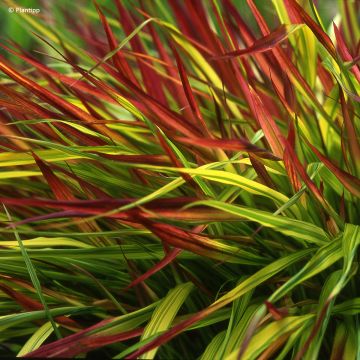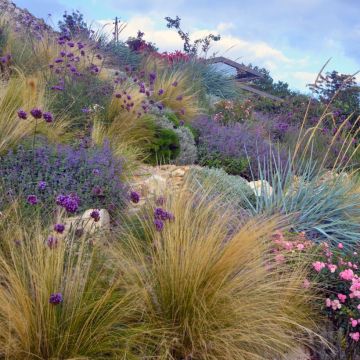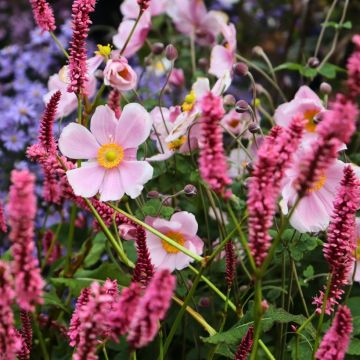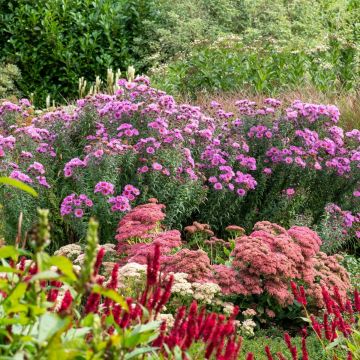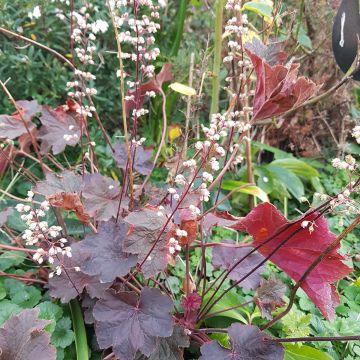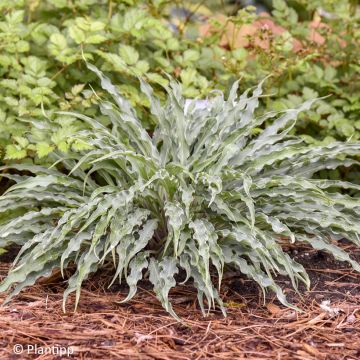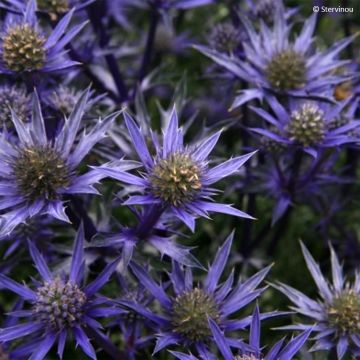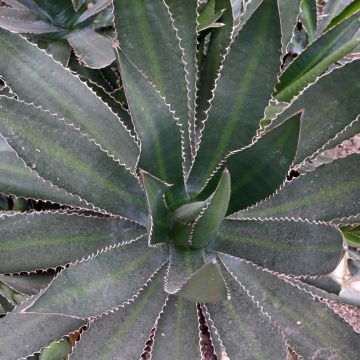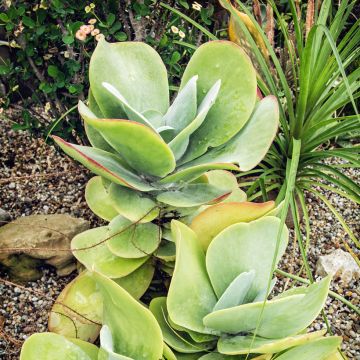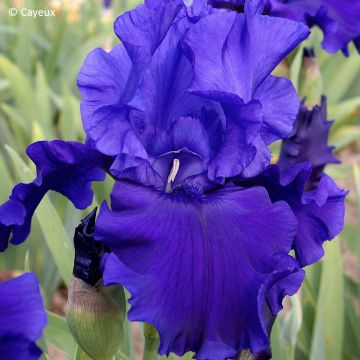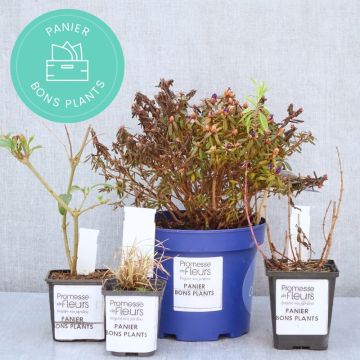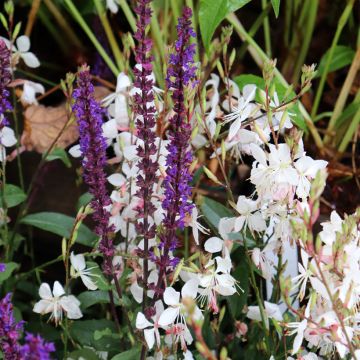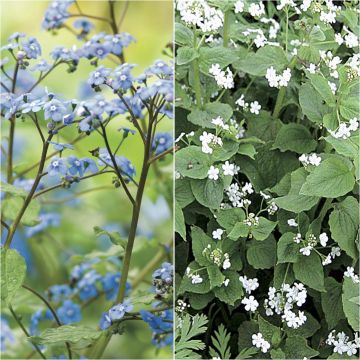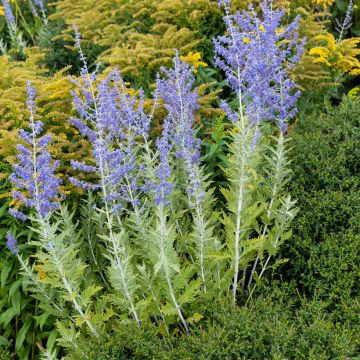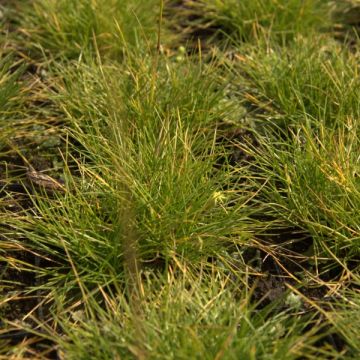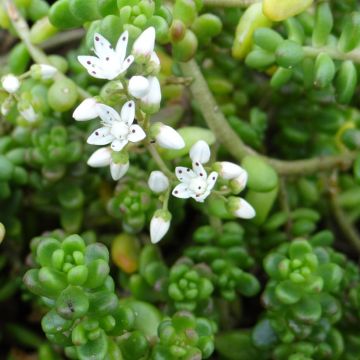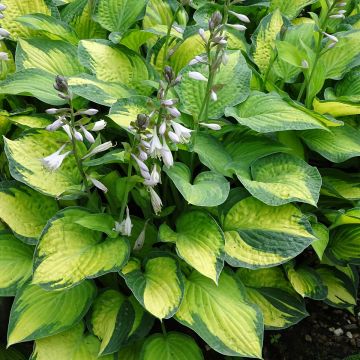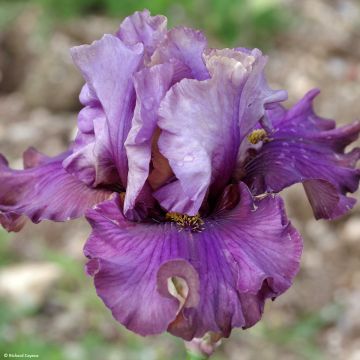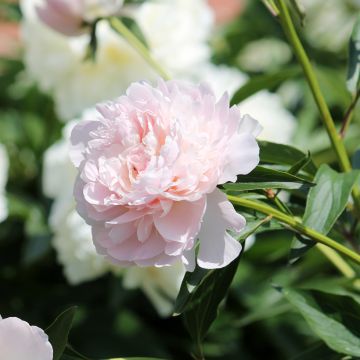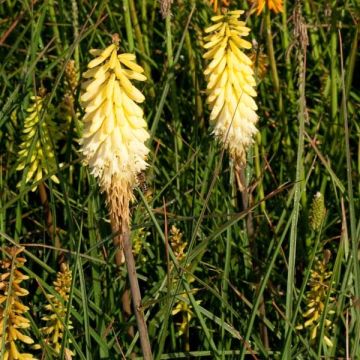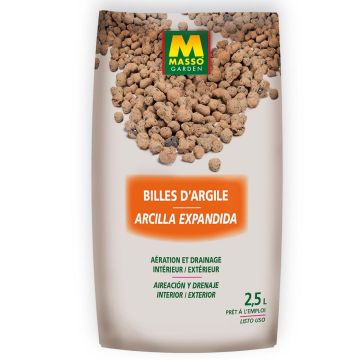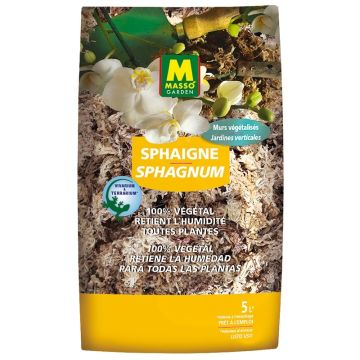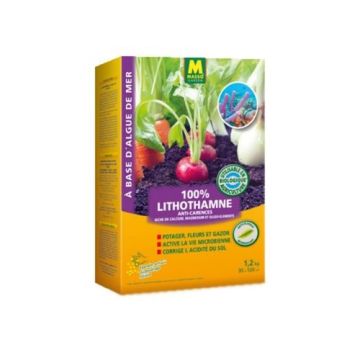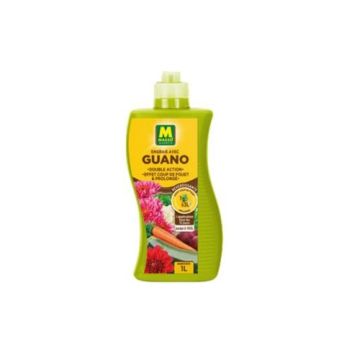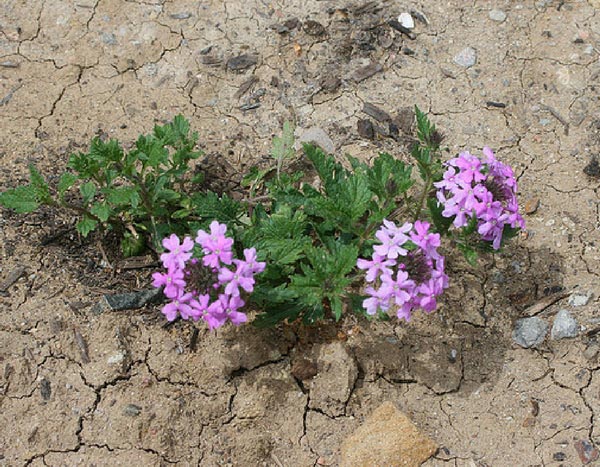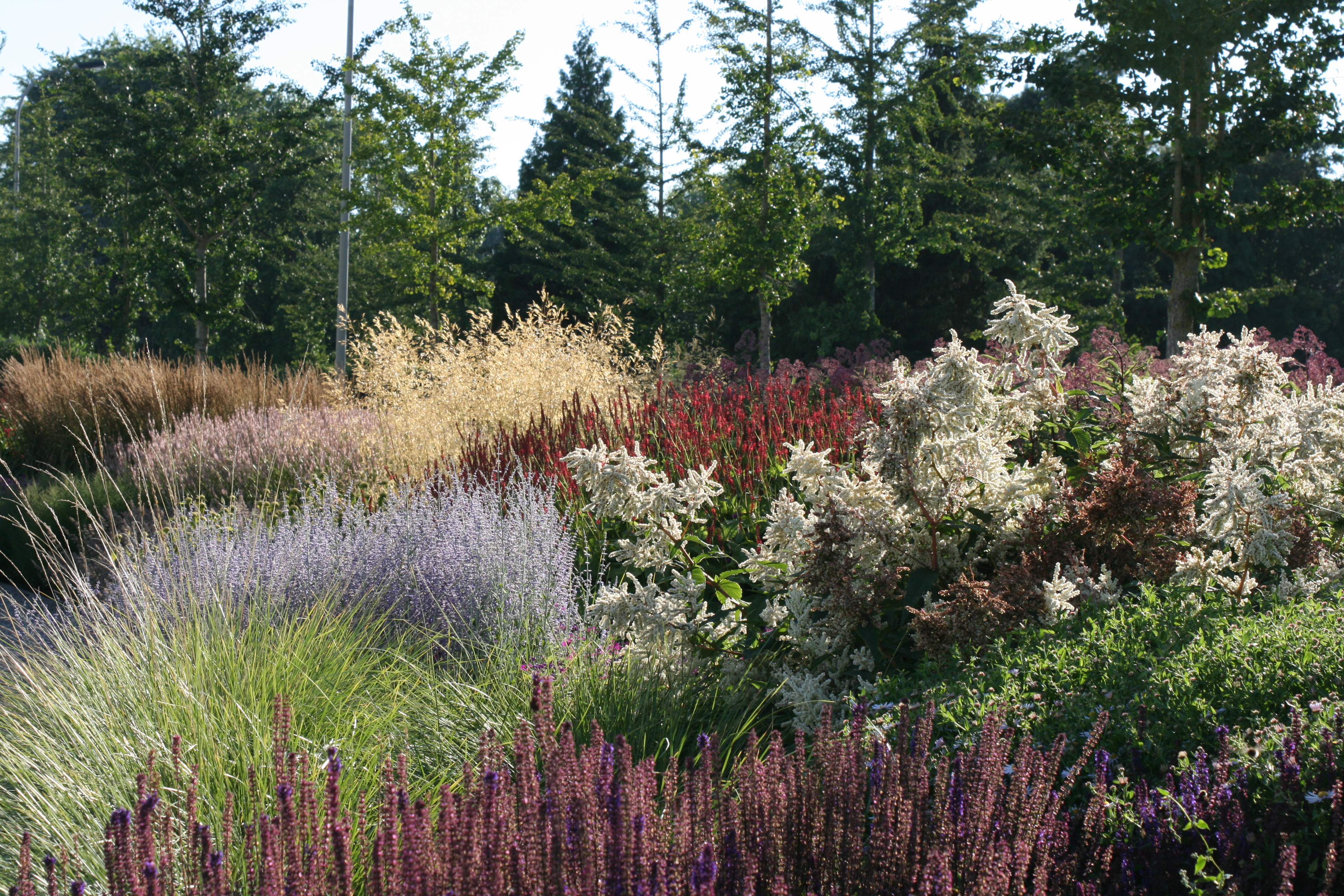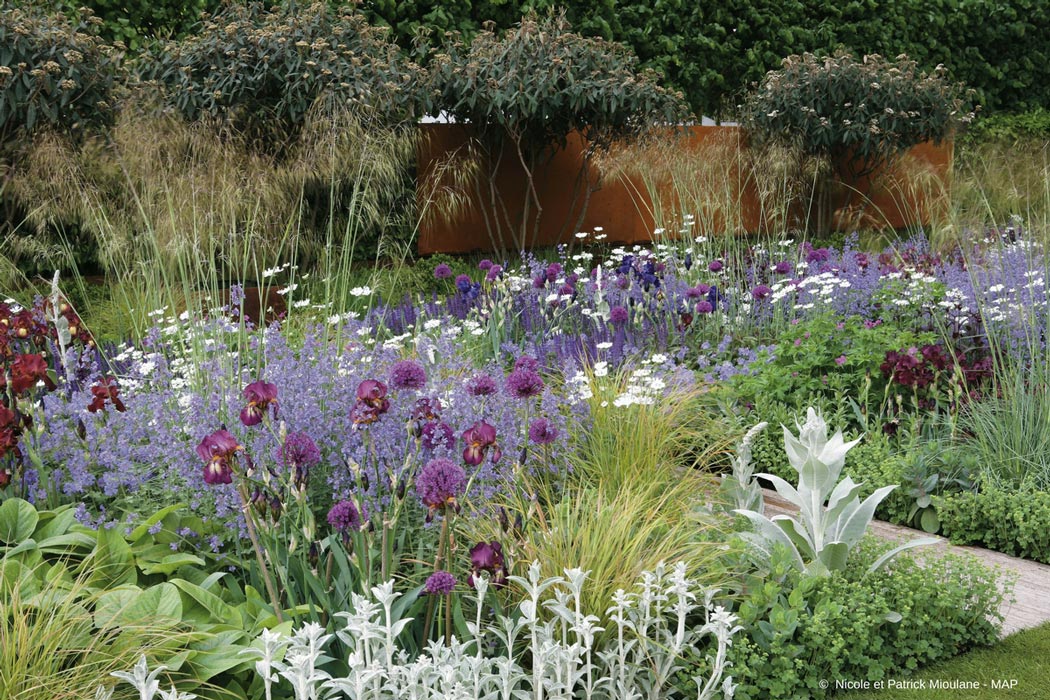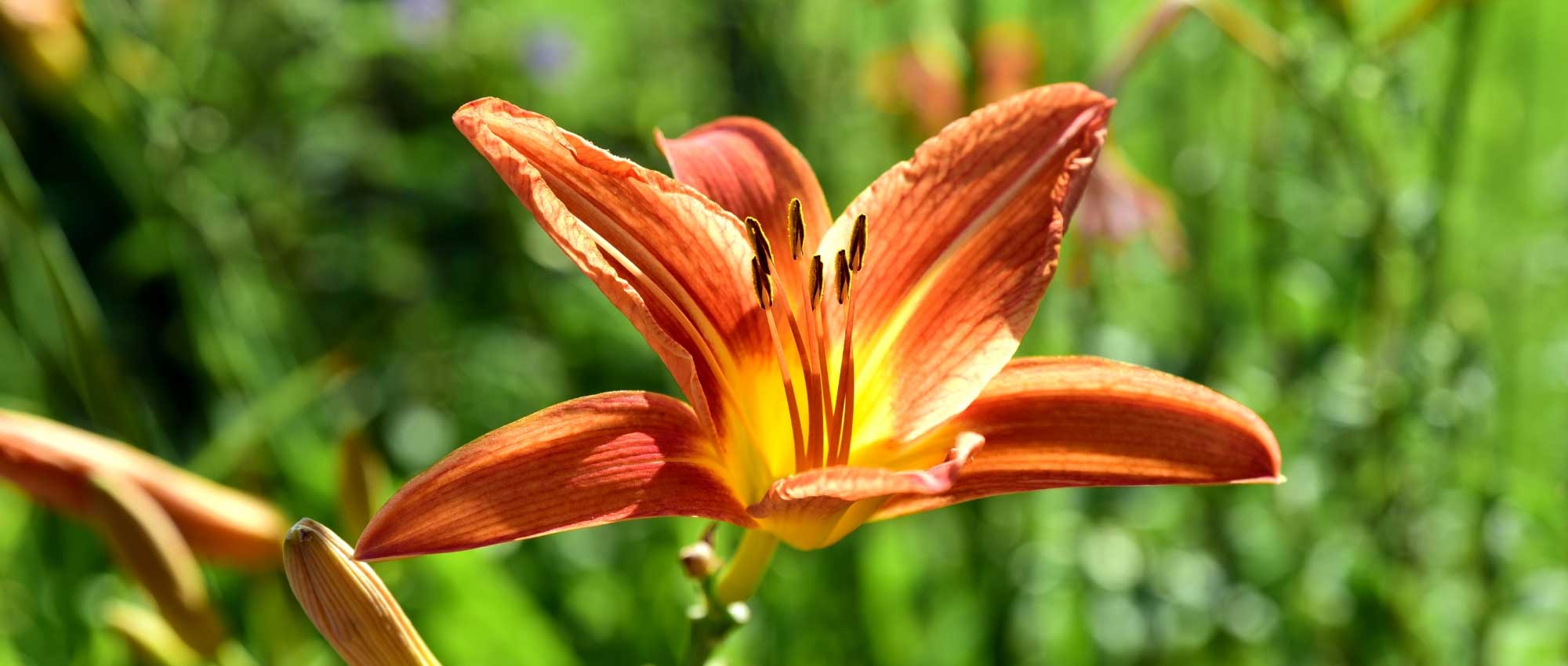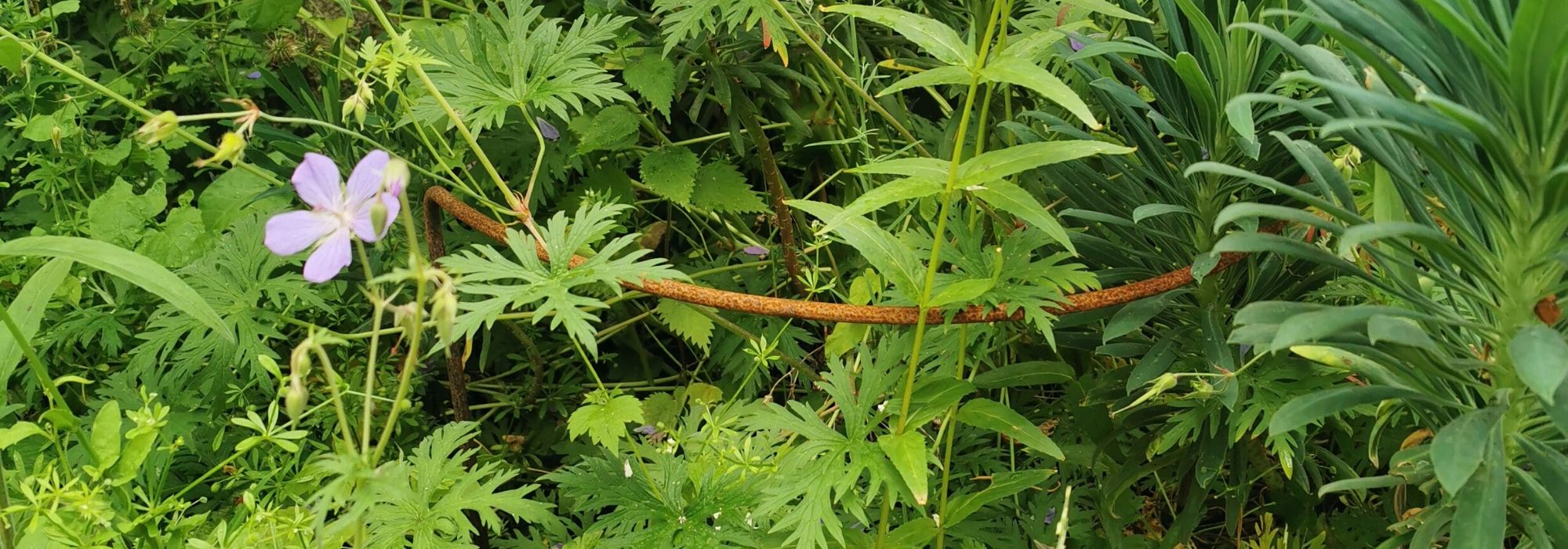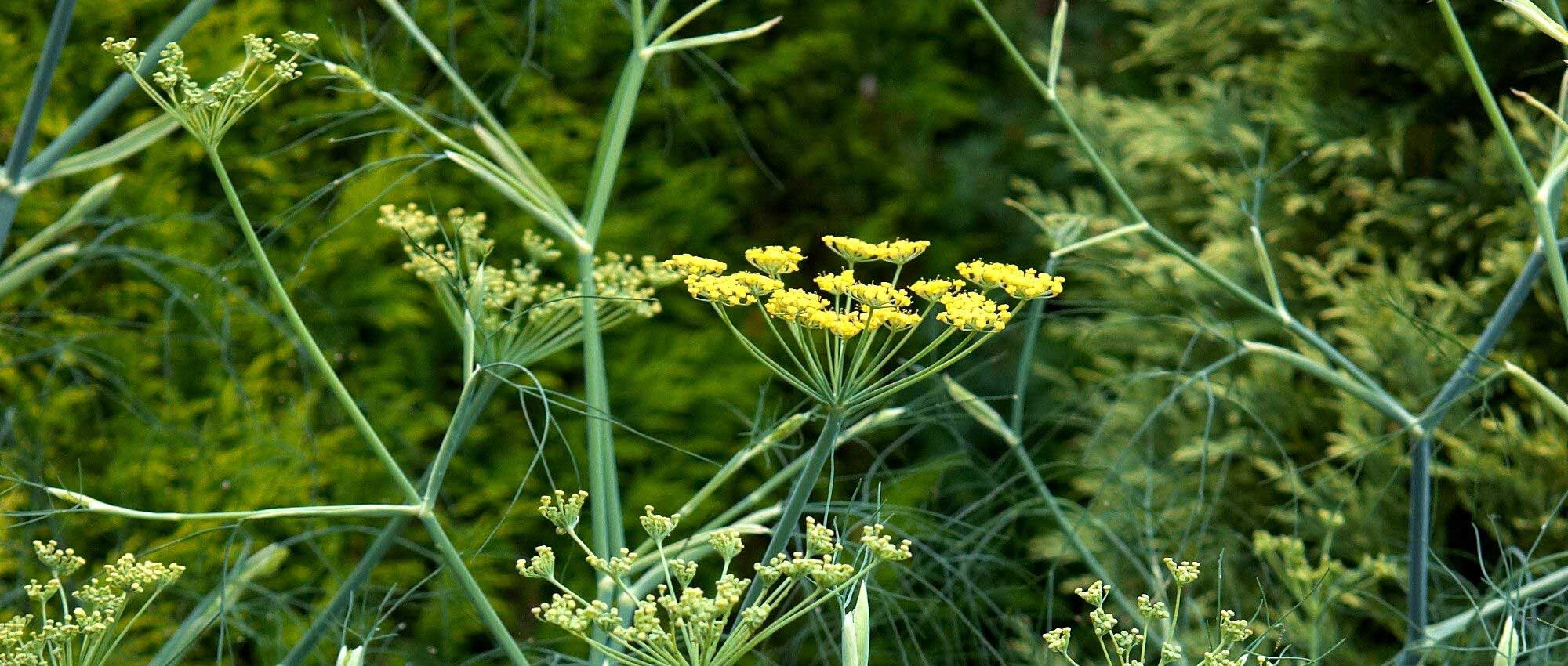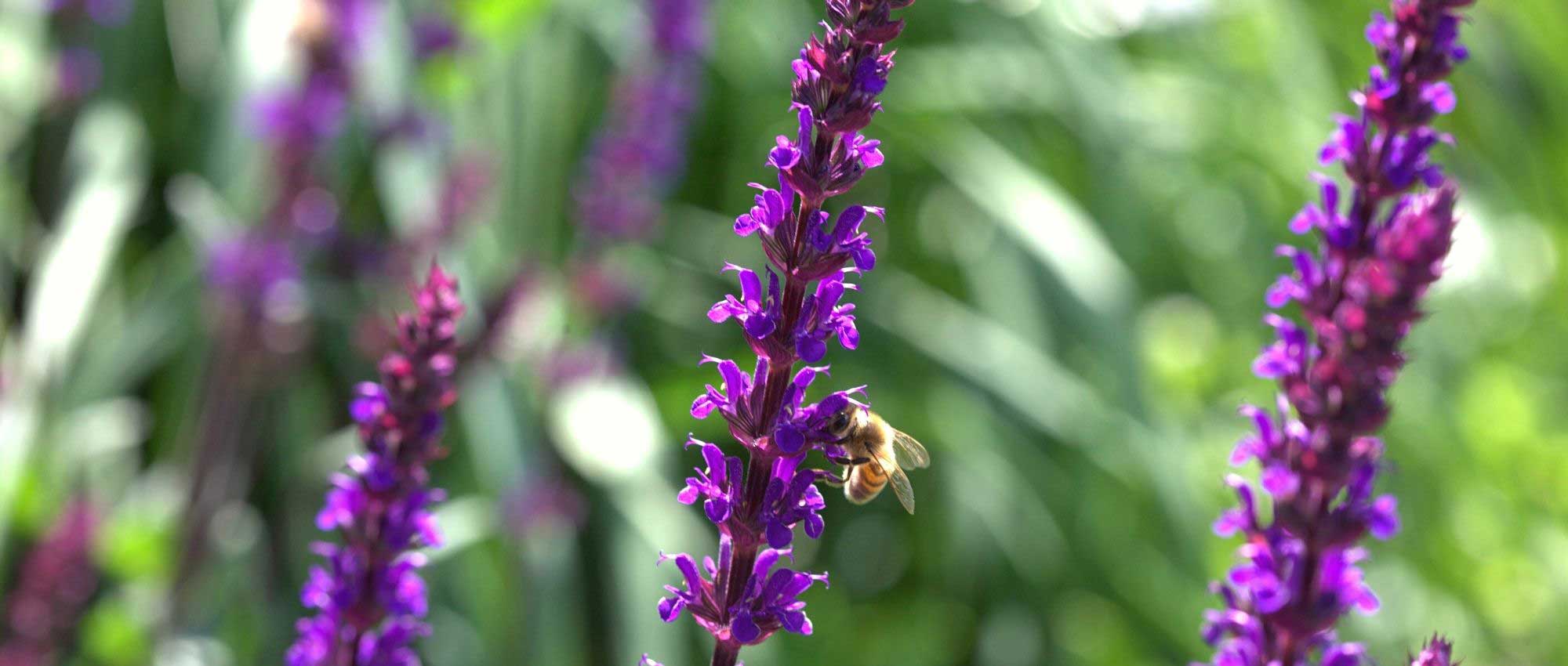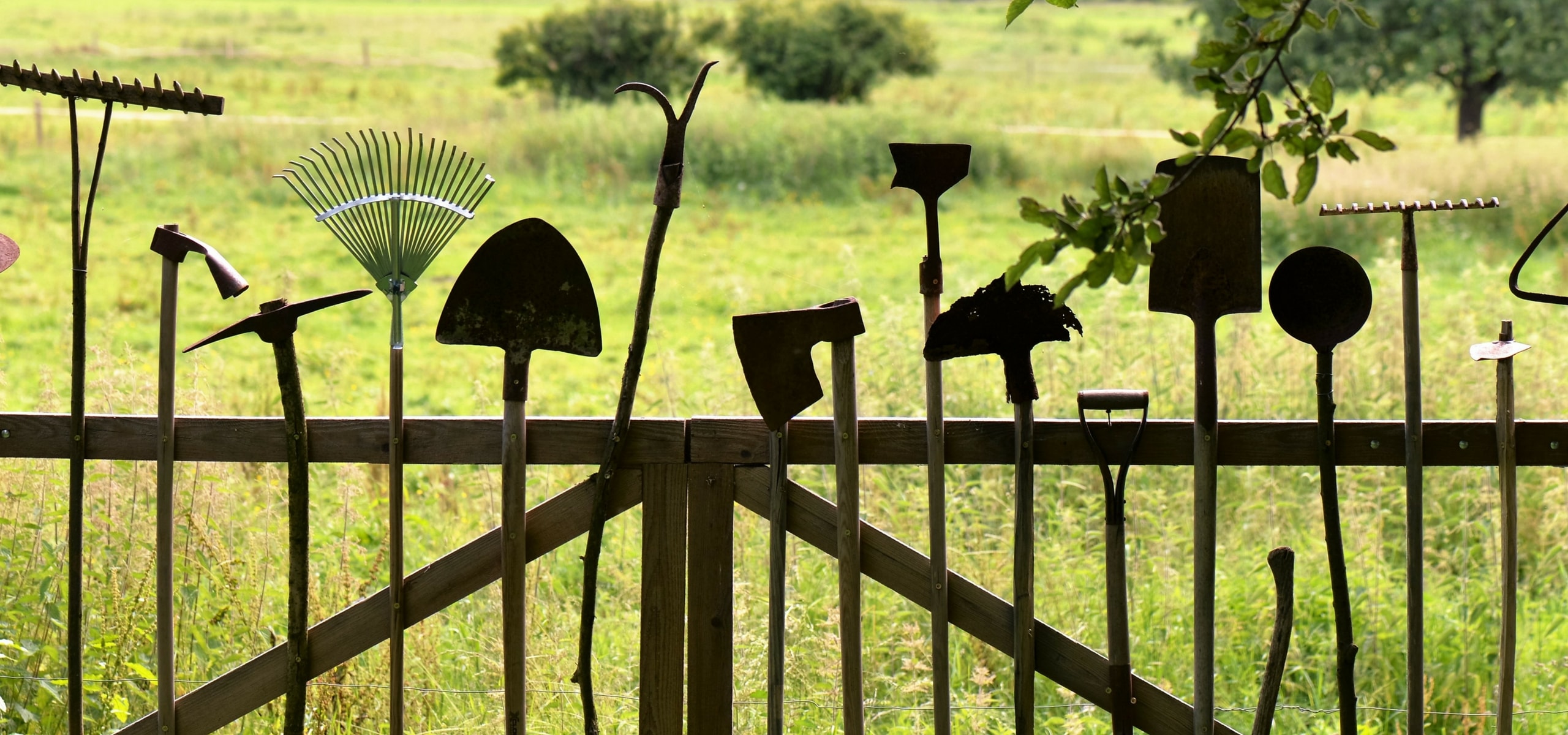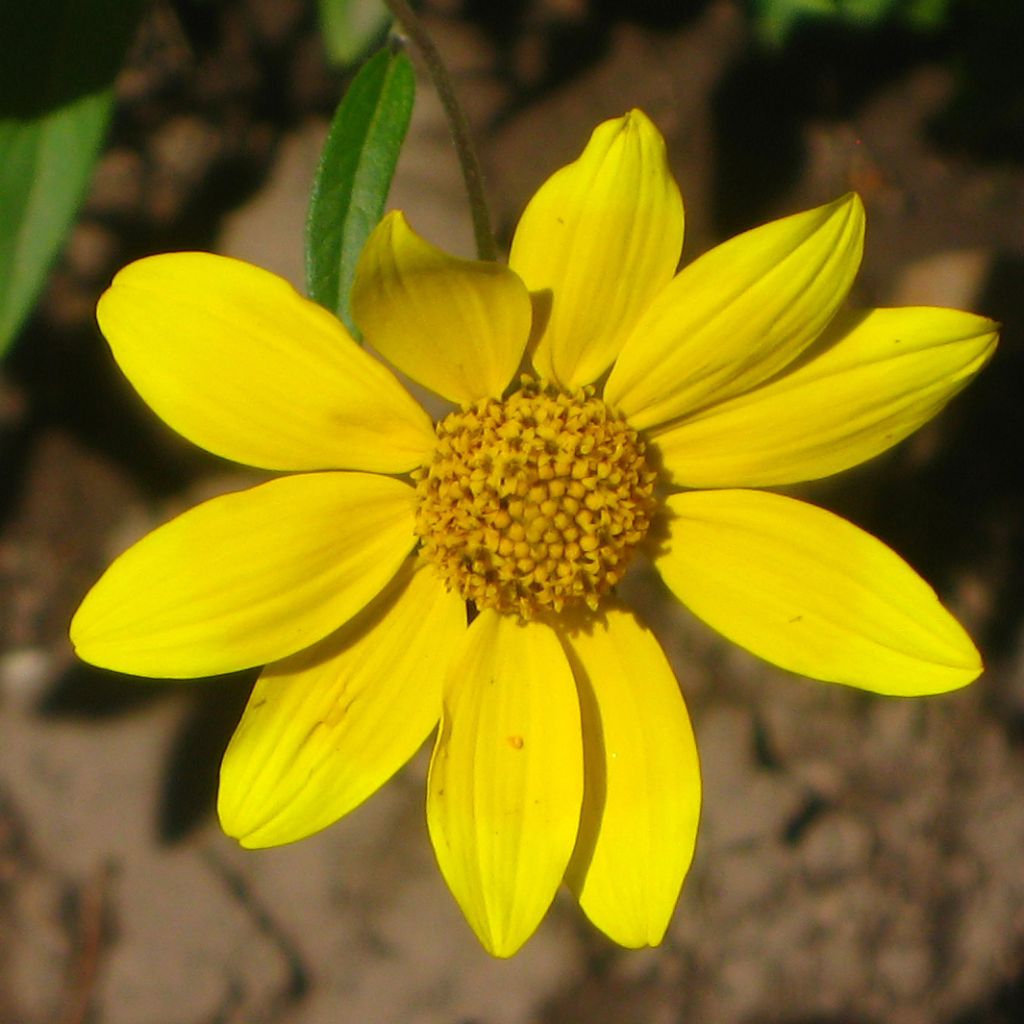

Helianthella quinquenervis - Petit tournesol à cinq nervures
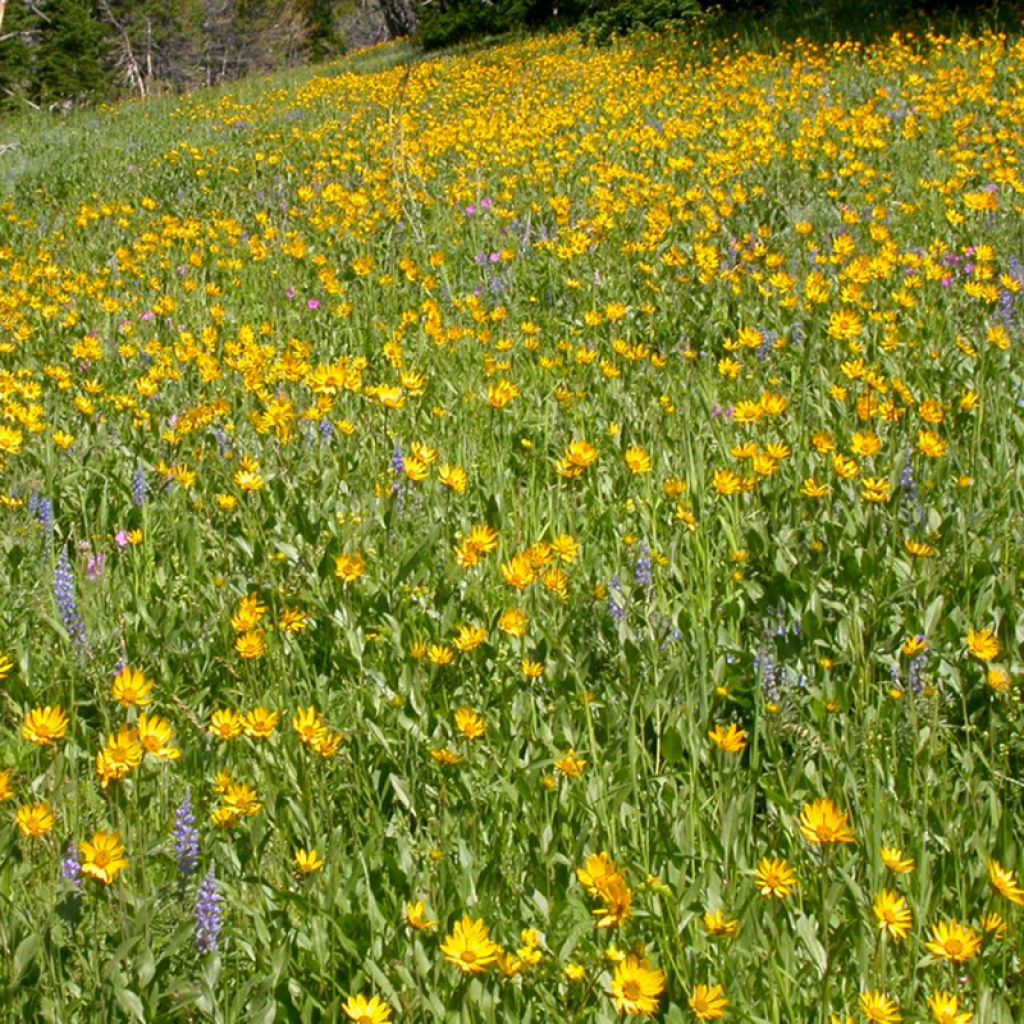

Helianthella quinquenervis - Petit tournesol à cinq nervures
Helianthella quinquernervis
Helianthella quinquernervis
Little Sunflower
Special offer!
Receive a €20 voucher for any order over €90 (excluding delivery costs, credit notes, and plastic-free options)!
1- Add your favorite plants to your cart.
2- Once you have reached €90, confirm your order (you can even choose the delivery date!).
3- As soon as your order is shipped, you will receive an email containing your voucher code, valid for 3 months (90 days).
Your voucher is unique and can only be used once, for any order with a minimum value of €20, excluding delivery costs.
Can be combined with other current offers, non-divisible and non-refundable.
Why not try an alternative variety in stock?
View all →This plant carries a 12 months recovery warranty
More information
We guarantee the quality of our plants for a full growing cycle, and will replace at our expense any plant that fails to recover under normal climatic and planting conditions.
Would this plant suit my garden?
Set up your Plantfit profile →
Description
Here is another cousin of the sunflower, which is a perennial that never fails. Helianthella quinquenervis, called small sunflower with five veins, forms a generous clump made up of sturdy herbaceous stems, with a somewhat loose habit, that is covered from summer to autumn, more or less late depending on the regions, with large pale yellow daisies. Vigorous, bright, but never invasive, it tolerates all climates, all soils, and only requires sunlight to flourish.
Helianthella quinquenervis belongs to the large Asteraceae family. It is in the western United States, in the Rocky Mountains of New Mexico, that this plant finds its origin. There, it grows in humid meadows, pine or oak forests at an altitude between 1400 and 4000 metres (4593 and 13123 feet). This large perennial develops from a non-running woody stump, equipped with a taproot. It spreads slowly to form a clump 50 to 200cm (20 to 79in) tall (depending on cultivation conditions) and 50 to 70cm (20 to 28in) wide, made up of upright and straight stems. The flowering lasts about a month, occurring from June to October depending on the region. The single flowers are long-pedunculate, pendulous, and measure about 10cm (4in) in diameter, with a very bright pale yellow colour. The central disc is darker and measures 2 to 4cm (1 to 2in) in diameter. The deciduous dark green foliage is carried by non-branched stems. The leaves are opposite, elliptical, lanceolate, pointed, and can measure up to 50cm (20in) long, with 5 well-visible veins. The basal leaves are long-pedunculate, and the cauline leaves are sessile. The foliage takes on beautiful reddish colours in autumn.
Helianthella quinquenervis is an excellent perennial, very accommodating and adaptable. It will be more or less tall, will flower more or less early depending on the location or geographical area where it grows, but always present. It is a plant that condemns you to succeed! Its late flowering provides material for subtle associations with blue asters. Plant this 'small' sunflower with impetuous tall perennials, such as Verbena bonariensis, Turbinellus aster, bronze fennel, Cynara cardunculus, bear's breeches, and Giant feather grass in dry soil, or with officinal angelica, tall meadow-rues, Shasta daisies, Sarabande Chinese silver grass, or tall goldenrod in cooler soil.
Report an error about the product description
Helianthella quinquernervis in pictures
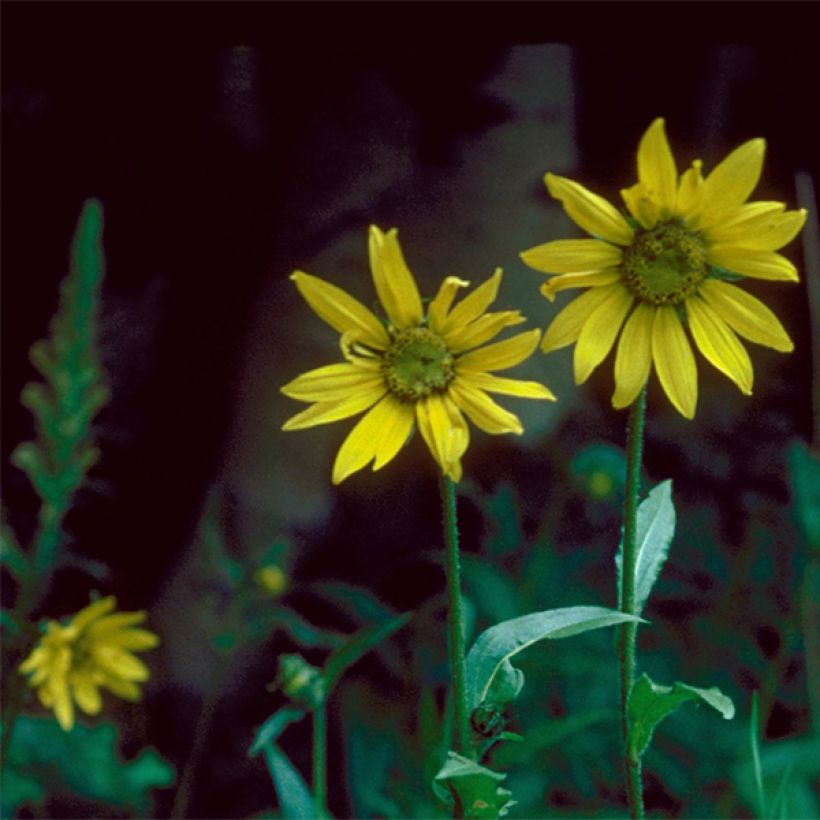

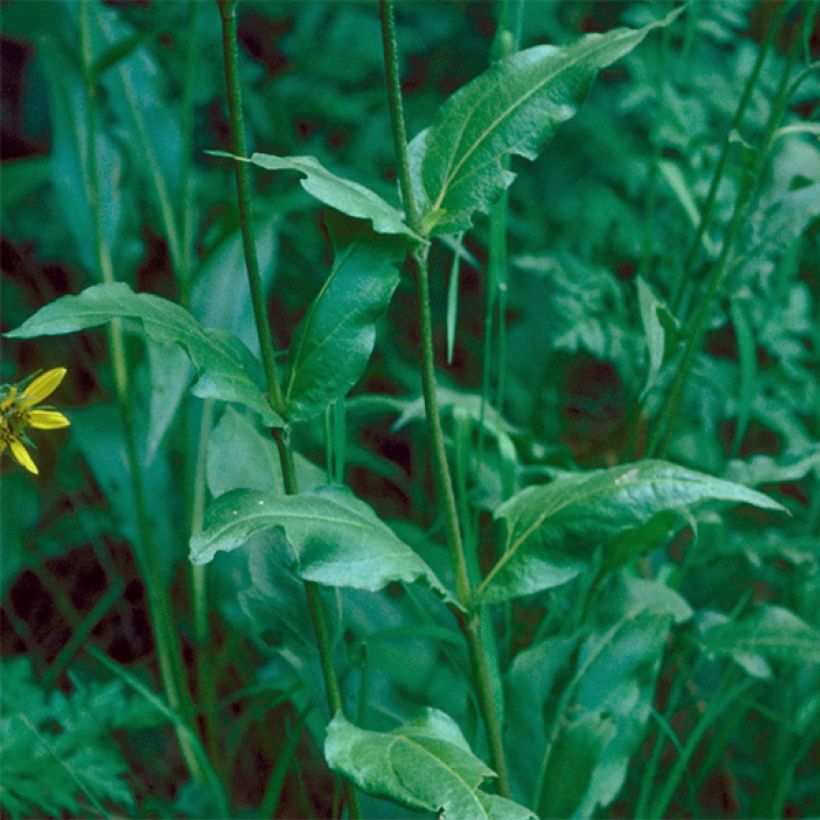

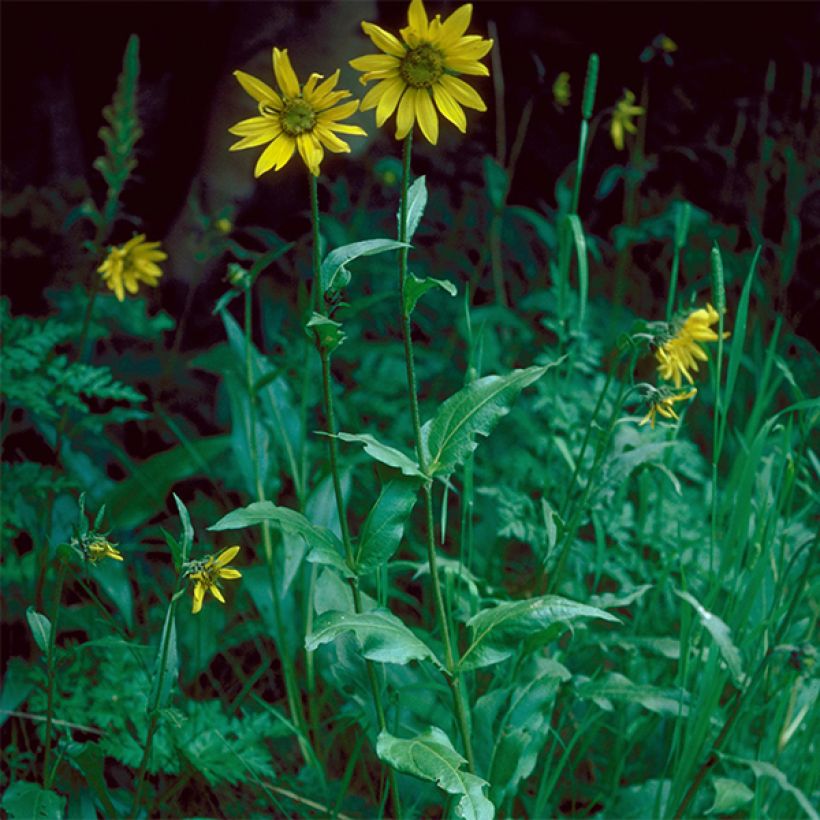

Flowering
Foliage
Plant habit
Botanical data
Helianthella
quinquernervis
Asteraceae
Little Sunflower
North America
Other Perennials A to Z
View all →Planting and care
Planting period
Intended location
Care
Planting & care advice
This item has not been reviewed yet - be the first to leave a review about it.
Haven't found what you were looking for?
Hardiness is the lowest winter temperature a plant can endure without suffering serious damage or even dying. However, hardiness is affected by location (a sheltered area, such as a patio), protection (winter cover) and soil type (hardiness is improved by well-drained soil).
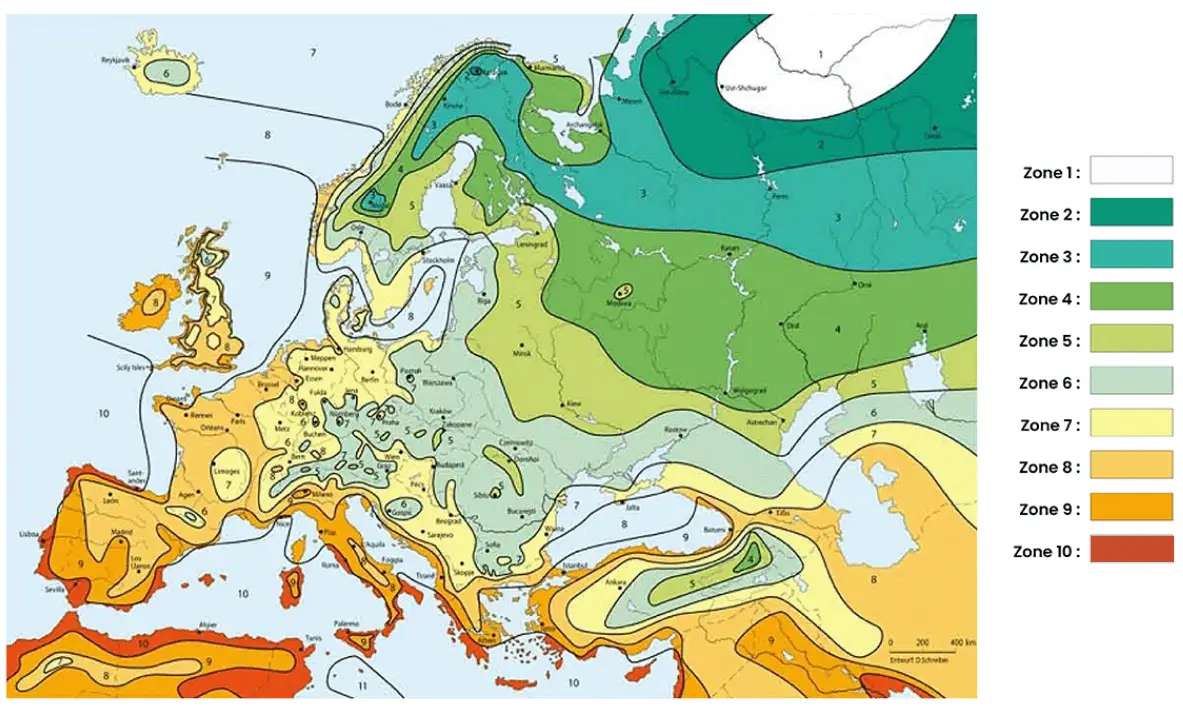
Photo Sharing Terms & Conditions
In order to encourage gardeners to interact and share their experiences, Promesse de fleurs offers various media enabling content to be uploaded onto its Site - in particular via the ‘Photo sharing’ module.
The User agrees to refrain from:
- Posting any content that is illegal, prejudicial, insulting, racist, inciteful to hatred, revisionist, contrary to public decency, that infringes on privacy or on the privacy rights of third parties, in particular the publicity rights of persons and goods, intellectual property rights, or the right to privacy.
- Submitting content on behalf of a third party;
- Impersonate the identity of a third party and/or publish any personal information about a third party;
In general, the User undertakes to refrain from any unethical behaviour.
All Content (in particular text, comments, files, images, photos, videos, creative works, etc.), which may be subject to property or intellectual property rights, image or other private rights, shall remain the property of the User, subject to the limited rights granted by the terms of the licence granted by Promesse de fleurs as stated below. Users are at liberty to publish or not to publish such Content on the Site, notably via the ‘Photo Sharing’ facility, and accept that this Content shall be made public and freely accessible, notably on the Internet.
Users further acknowledge, undertake to have ,and guarantee that they hold all necessary rights and permissions to publish such material on the Site, in particular with regard to the legislation in force pertaining to any privacy, property, intellectual property, image, or contractual rights, or rights of any other nature. By publishing such Content on the Site, Users acknowledge accepting full liability as publishers of the Content within the meaning of the law, and grant Promesse de fleurs, free of charge, an inclusive, worldwide licence for the said Content for the entire duration of its publication, including all reproduction, representation, up/downloading, displaying, performing, transmission, and storage rights.
Users also grant permission for their name to be linked to the Content and accept that this link may not always be made available.
By engaging in posting material, Users consent to their Content becoming automatically accessible on the Internet, in particular on other sites and/or blogs and/or web pages of the Promesse de fleurs site, including in particular social pages and the Promesse de fleurs catalogue.
Users may secure the removal of entrusted content free of charge by issuing a simple request via our contact form.
The flowering period indicated on our website applies to countries and regions located in USDA zone 8 (France, the United Kingdom, Ireland, the Netherlands, etc.)
It will vary according to where you live:
- In zones 9 to 10 (Italy, Spain, Greece, etc.), flowering will occur about 2 to 4 weeks earlier.
- In zones 6 to 7 (Germany, Poland, Slovenia, and lower mountainous regions), flowering will be delayed by 2 to 3 weeks.
- In zone 5 (Central Europe, Scandinavia), blooming will be delayed by 3 to 5 weeks.
In temperate climates, pruning of spring-flowering shrubs (forsythia, spireas, etc.) should be done just after flowering.
Pruning of summer-flowering shrubs (Indian Lilac, Perovskia, etc.) can be done in winter or spring.
In cold regions as well as with frost-sensitive plants, avoid pruning too early when severe frosts may still occur.
The planting period indicated on our website applies to countries and regions located in USDA zone 8 (France, United Kingdom, Ireland, Netherlands).
It will vary according to where you live:
- In Mediterranean zones (Marseille, Madrid, Milan, etc.), autumn and winter are the best planting periods.
- In continental zones (Strasbourg, Munich, Vienna, etc.), delay planting by 2 to 3 weeks in spring and bring it forward by 2 to 4 weeks in autumn.
- In mountainous regions (the Alps, Pyrenees, Carpathians, etc.), it is best to plant in late spring (May-June) or late summer (August-September).
The harvesting period indicated on our website applies to countries and regions in USDA zone 8 (France, England, Ireland, the Netherlands).
In colder areas (Scandinavia, Poland, Austria...) fruit and vegetable harvests are likely to be delayed by 3-4 weeks.
In warmer areas (Italy, Spain, Greece, etc.), harvesting will probably take place earlier, depending on weather conditions.
The sowing periods indicated on our website apply to countries and regions within USDA Zone 8 (France, UK, Ireland, Netherlands).
In colder areas (Scandinavia, Poland, Austria...), delay any outdoor sowing by 3-4 weeks, or sow under glass.
In warmer climes (Italy, Spain, Greece, etc.), bring outdoor sowing forward by a few weeks.






























